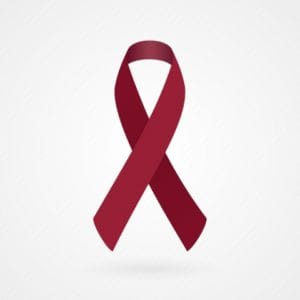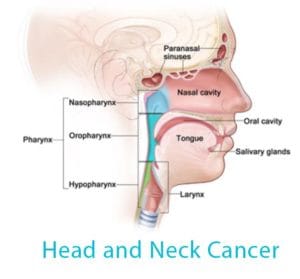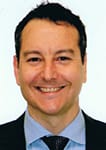Reconstructive Treatment Following Head and Neck Cancer in Sydney
Head and neck cancers in Sydney refers to a wide range of cancers that develop in the head and neck area including the whole oral cavity, palate, tongue, jaw, throat, nose and salivary glands. These types of cancer are widespread throughout Australia. It occurs when malignant tumours develop and grow in the lymph nodes or any other tissues in the head and neck region.
What types of head and neck cancers are most common in Sydney?
Typically head and neck cancers originate in the cells that line the nose, throat or mouth. These cells are known as squamous cell carcinomas, they can also develop in other regions of the body. Common types of head and neck cancers in Sydney and across Australia include:

- Oral cancer: This type of cancer can start anywhere inside the mouth, such as inside the cheeks, tongue, lips, gums, palate, and jaw.
- Salivary gland cancer: This cancer can occur in the parotid glands in front of the ears, the submandibular glands under the jaw, or the sublingual glands under the tongue.
- Pharyngeal cancer: This refers to cancer of the throat, oropharyngeal, nasopharyngeal, and hypopharyngeal.
- Laryngeal cancer – Is cancer of the larynx or voice box.
- Nasal cancer: Cancer that starts in the nasal cavity, sinuses, or the nose.
What causes head and neck cancers in Sydney?
 Each year approximately 4,000 Australians are diagnosed with some form of head and neck cancer. Of that number, about 1,080 are women and 2,920 men. Oral cancer has afflicted the highest number of Australians, followed by lip cancer, and pharyngeal and laryngeal cancers.
Each year approximately 4,000 Australians are diagnosed with some form of head and neck cancer. Of that number, about 1,080 are women and 2,920 men. Oral cancer has afflicted the highest number of Australians, followed by lip cancer, and pharyngeal and laryngeal cancers.
With the exception of salivary gland cancer, the primary risk factors for most head and neck cancers in Sydney are alcohol consumption and smoking. Studies have shown that at least 75 percent of these cancers develop as a result of an unhealthy lifestyle which includes both alcohol and smoking. Other risk factors include:
- Poor oral hygiene: Gum disease has been linked to some types of mouth cancer.
- Ultraviolet rays: Exposure to the sun may cause lip cancer.
- Smoking: This includes cigarettes, cigars and pipes, all tobacco use, will increase the risk of developing head and neck cancers, particularly laryngeal cancer.
- Alcohol abuse: Alcohol use, especially heavy drinkers who indulge in more than three drinks per day. Combining alcohol with tobacco use increase the risk dramatically.
What is the procedure for treating head and neck cancers?
The standard treatment of head and neck cancers usually involves a collaboration of a variety of specialists such as oncologists, head and neck surgeons, speech therapists, plastic surgeons and more. A/Prof Damian Marucci is a multi-talented and highly-skilled plastic surgeon who is a member of head and neck services at St. George Hospital and St. Vincent Hospital.
Because the process of eliminating head and neck cancers can result in deformity, and swallowing and speech difficulties, Dr. Marucci provides a full range of reconstructive treatment options to help restore both aesthetics and function.
What happens during head and neck reconstruction surgery in Sydney?
 It is often necessary to transfer tissues from one area of the body to another during head and neck reconstruction. A segment of skin, muscle, bone, or whatever is needed, is moved with the vein and artery intact, to the surgical location. This piece of tissue is referred to as a flap. The vein and artery are connected to the existing vein and artery in the treatment area to restore the blood supply.
It is often necessary to transfer tissues from one area of the body to another during head and neck reconstruction. A segment of skin, muscle, bone, or whatever is needed, is moved with the vein and artery intact, to the surgical location. This piece of tissue is referred to as a flap. The vein and artery are connected to the existing vein and artery in the treatment area to restore the blood supply.
If you have undergone surgery to remove some form of head and neck cancer and want to learn more about head and neck reconstruction in Sydney, contact Dr. Marucci either online, or at 02 9588 6374 to schedule a consultation

